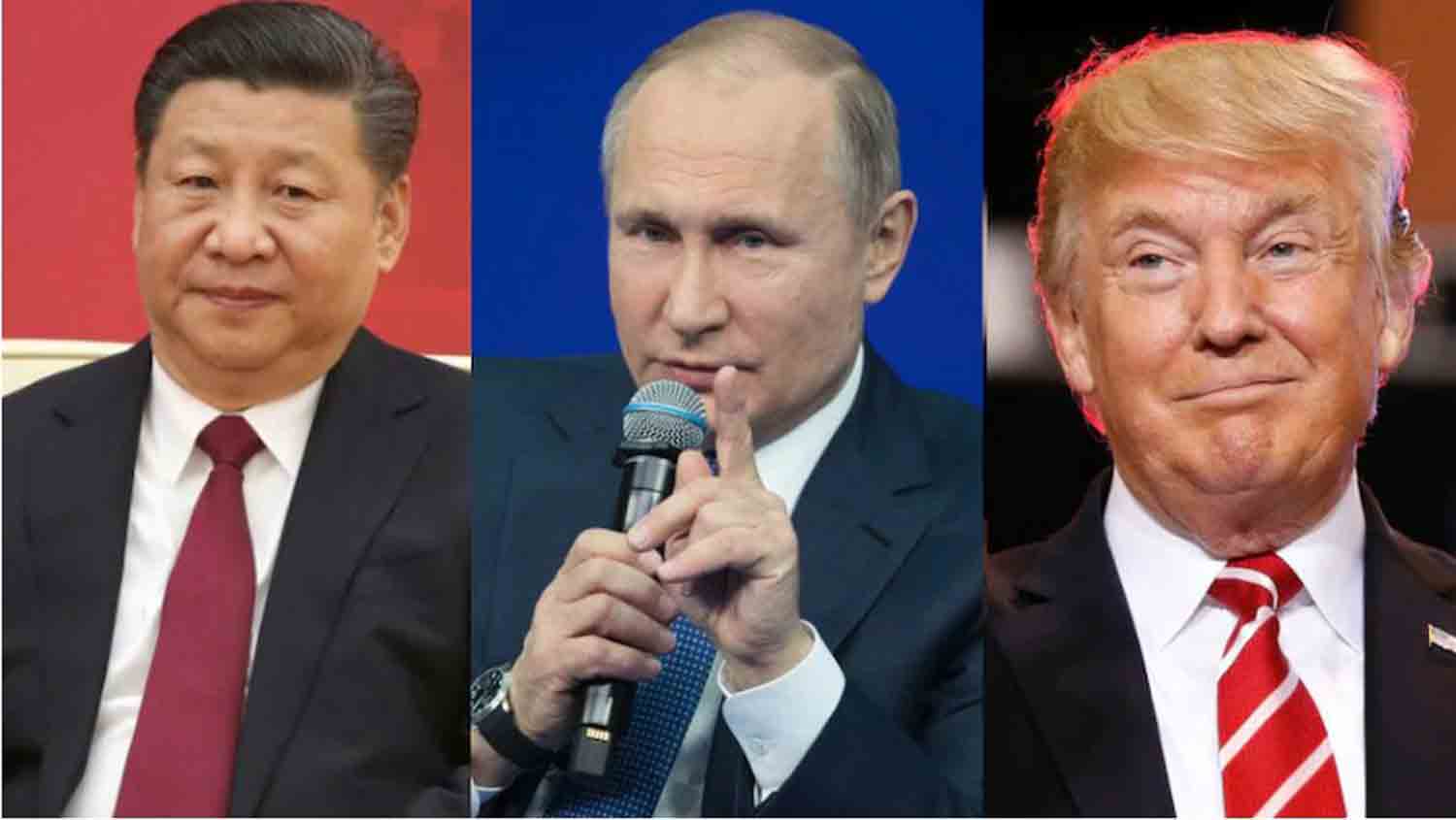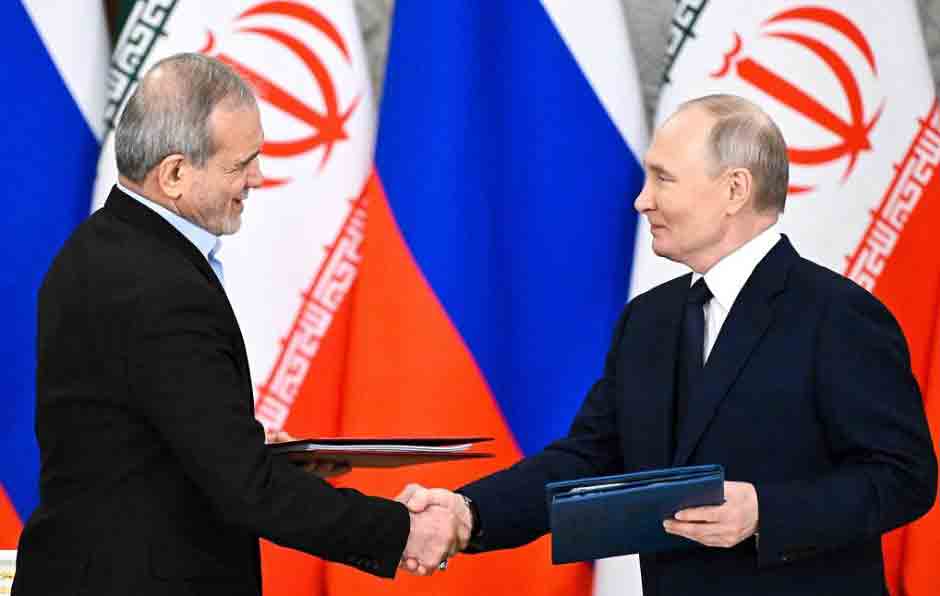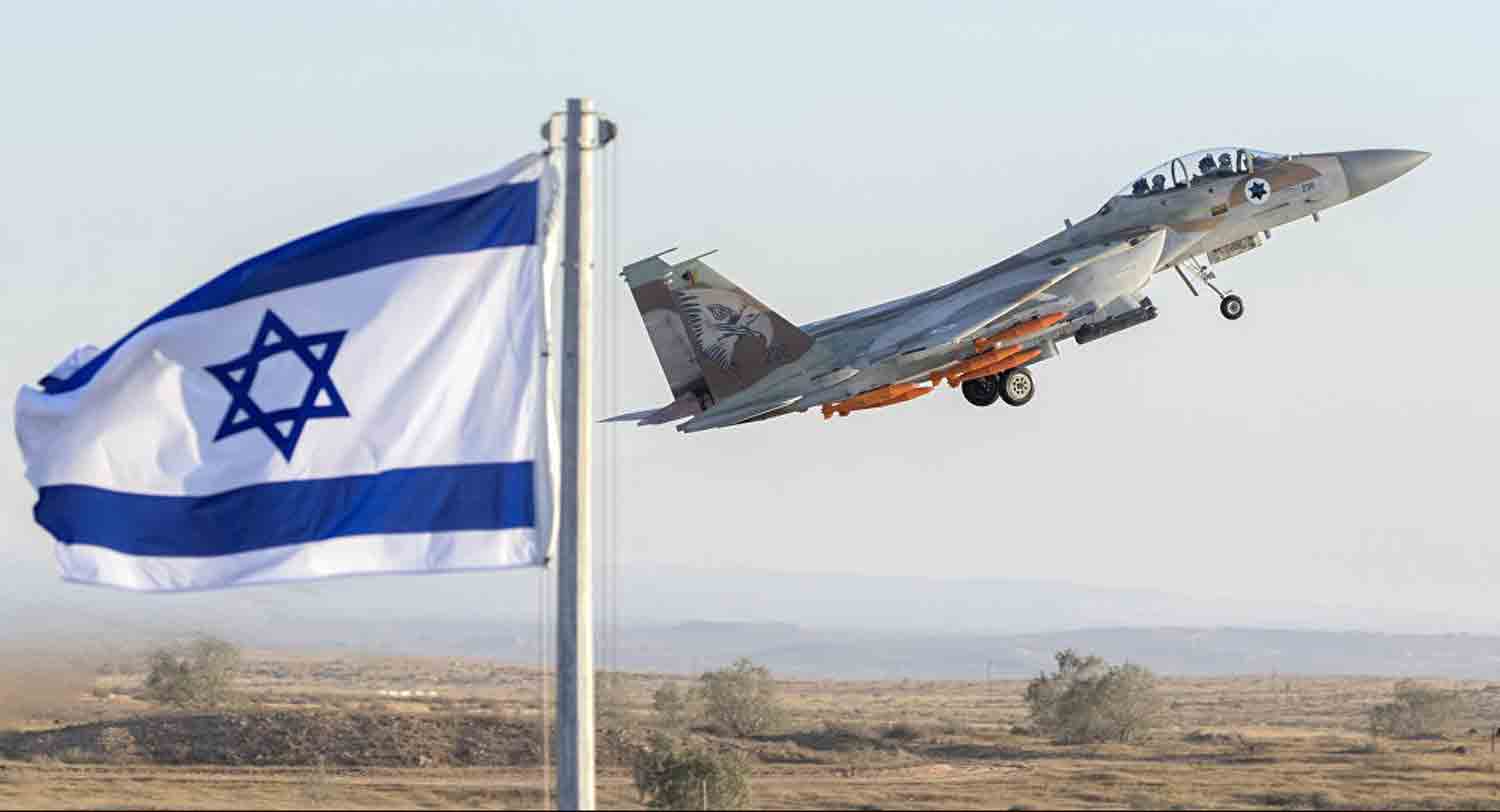Forecasting the future of international relations is inherently fraught with uncertainty. Historical evidence indicates that even the most assured predictions can prove inaccurate. For example, the Pentagon‘s last publication on ‘Soviet Military Power’ appeared in 1991, coinciding with the dissolution of the USSR. Likewise, a 1988 scenario from the RAND Corporation envisioned a nuclear conflict involving the Soviet Union and Pakistan over Afghanistan in 2004. Despite this, the instinct to foresee future developments is both natural and essential. The following is not a prediction but rather an effort to delineate plausible expectations for the global landscape in 2025.
Ukraine
The initiative by US President Donald Trump to broker a ceasefire along the frontlines in Ukraine is likely to be unsuccessful. The American strategy to “end the war” overlooks Russia‘s security interests and fails to address the fundamental issues at the heart of the conflict. Concurrently, the peace terms proposed by President Vladimir Putin in June 2024 will remain unacceptable to Washington, as they would effectively require Kiev to surrender and signify a strategic loss for the West.
Consequently, hostilities are expected to persist. In reaction to the dismissal of his proposal, a frustrated Trump will likely impose further sanctions on Moscow. However, he will refrain from any significant escalation that could provoke a Russian attack on NATO forces. Despite the strong anti-Russian sentiment, US assistance to Ukraine is anticipated to diminish, placing a greater burden on Western European countries. While the EU may be willing to intervene, the quality and extent of Western support for Ukraine are expected to decline.
On the battlefield, the momentum is likely to continue favoring Russia. Russian military forces are anticipated to drive Ukraine out of critical areas, including Donbass, Zaporozhye, and portions of the Kursk Region. In response, Ukraine will enlist younger, less experienced recruits to attempt to hinder Russia’s progress, although this approach is expected to yield limited results. Additionally, Kiev will increasingly depend on surprise tactics, such as border incursions and symbolic strikes deep within Russian territory, aiming to undermine the morale of the Russian populace.
On the domestic front, the United States and its allies may advocate for elections in Ukraine, seeking to replace Vladimir Zelensky—whose term ended last year—with General Valery Zaluzhny. While this political change could temporarily bolster Kiev’s leadership, it will not resolve the fundamental issues of economic decline and worsening living conditions faced by ordinary Ukrainians.
United States
Even with a peaceful transition of power, Trump’s second term is likely to be marked by ongoing tensions. The threat of assassination attempts will persist. Trump’s foreign policy, which is expected to be more pragmatic than Biden’s ideological approach, will include the following strategies:
- Maintain NATO’s unity while insisting on increased financial contributions from European allies.
- Transfer a significant portion of the financial burden for Ukraine to the European Union.
- Heighten economic pressure on China, exploiting its vulnerabilities to secure unfavorable trade agreements.
Trump is expected to closely align with Israel, backing its initiatives against Iran. With Tehran already in a weakened state, it will encounter stringent conditions regarding a nuclear agreement, and a refusal could lead to US military action against Iranian nuclear sites.
In 2025, Trump may meet with Putin, but this will not indicate an improvement in US-Russia relations. The rivalry between the two nations is likely to remain profound and persistent. Trump’s approach will focus on maintaining America’s global supremacy, often shifting the responsibilities of US commitments onto allies and partners, which may not serve their best interests.
Western Europe
European countries, cautious about Trump’s potential return, will eventually conform to his leadership. The EU’s reliance on the US for military and political guidance will intensify, even as European economies continue to contribute to the American financial landscape. Over the last thirty years, Western European leaders have evolved from national representatives to components of a transnational political framework centered in Washington. True advocates for national interests, such as Alternative for Germany and France’s Rassemblement National, continue to be sidelined politically.
Russophobia will persist as a unifying element in Western European politics. Contrary to common assumptions, this sentiment is not merely a product of US influence but is actively adopted by EU and UK leaders as a means of fostering unity. The Russian military actions in Ukraine have been portrayed as the initial phase of a perceived Russian effort to “capture Europe.”
In 2025, Germany’s newly formed coalition government will take an even firmer position against Moscow. However, concerns about a direct military confrontation with Russia will dissuade other European nations from sending troops to Ukraine. Instead, Western Europe will brace for a renewed Cold War, increasing military expenditures, ramping up production, and strengthening NATO’s eastern defenses.
Dissent within Europe is expected to be stifled. Political adversaries of the confrontational stance towards Russia will be labeled as “Putin’s useful idiots” or even as direct agents of Moscow. Hungary and Slovakia will continue to diverge in their relations with Russia, but their impact on EU policy will be minimal.
Middle East
Following notable military successes in 2024, Israel, supported by the United States, will seek to solidify its advancements against Iran. The strategy employed by the US and Israel will involve coordinated pressure, including military actions against Iranian proxies such as the Yemeni Houthis, alongside efforts to strengthen relationships with Gulf Arab monarchies under the Abraham Accords.
Although Russia entered into a treaty with Iran in January 2025, this agreement does not compel Moscow to take military action if Tehran is attacked. Therefore, a large-scale conflict in the Middle East involving both Russia and the US is unlikely. Internally, Iran is facing instability as Supreme Leader Ayatollah Khamenei, now 86 years old, approaches the twilight of his leadership.
Russia’s influence in the Middle East is set to decline as its military presence decreases. Nevertheless, maintaining logistical routes connecting Russia to Africa will continue to be a strategic focus.
East Asia
Tensions between the US and China are anticipated to escalate, driven by American initiatives aimed at containing China’s economic and technological growth. The United States will bolster alliances in Asia, particularly with Taiwan and the Philippines, to counteract Beijing’s influence. While the possibility of armed conflict over Taiwan or the South China Sea exists, it is deemed unlikely to occur in 2025.
The partnership between Russia and China is expected to strengthen, although it will not evolve into a formal military alliance. From a Western viewpoint, this collaboration will increasingly appear as an anti-American coalition. Together, Russia and China will work to challenge US global supremacy across geopolitical, military, and economic domains.
Russia’s immediate sphere of influence
Belarusian President Alexander Lukashenko is anticipated to secure another term in January 2025, further solidifying his partnership with Moscow. Concurrently, Russia aims to enhance its relations with Kazakhstan, although the absence of a strong vision for Eurasian integration from Moscow may pose challenges.
The year 2025 is likely to be characterized by strategic volatility, persistent conflicts, and increased geopolitical tensions. Global stability is still a distant goal.
Discover more from Defence Talks | Defense News Hub, Military Updates, Security Insights
Subscribe to get the latest posts sent to your email.





